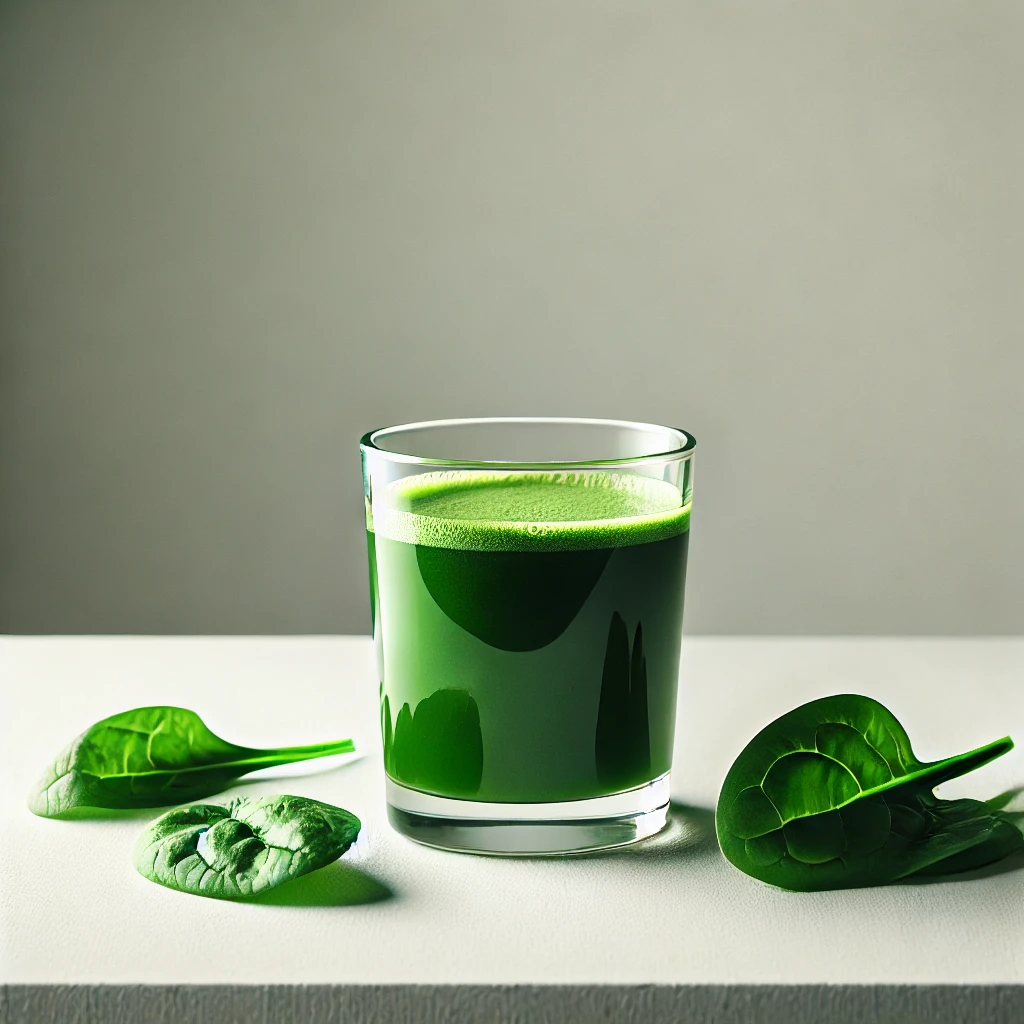Green juices are a popular choice for people looking to increase their intake of vitamins, minerals, and antioxidants. While green juices offer many benefits, selecting the right ingredients is essential to ensure they are both healthy and delicious. But did you know that some ingredients can negatively affect your juice? In this guide, we’ll explore which ingredients you should avoid putting into your green juice.
The Basics of a Good Green Juice
A balanced green juice should mainly consist of leafy greens, a small amount of fruit for sweetness, and possibly herbs or spices for added flavor. However, making the wrong choices in your ingredients can turn your healthy beverage into a sugar-filled or overly bitter concoction.
Many individuals rely on green juice to aid in weight management and overall health. If you’re looking to explore some healthy juice recipes, check out healthy juice recipes for weight loss to find options that are both nutritious and satisfying.
Cruciferous Vegetables in Excess
- Examples: Kale, broccoli, cauliflower
Cruciferous vegetables are highly nutritious, but consuming too much of them in raw form may lead to thyroid problems due to the presence of goitrogens. These compounds can interfere with the production of thyroid hormones, especially when consumed in large amounts.
To prevent this, limit cruciferous vegetables in your juice and rotate with other greens like spinach or chard.
Too Many Fruits – The Sugar Trap
- Examples: Grapes, mangoes, bananas
While fruits are a common addition to green juices for their sweetness, they can also raise the sugar content of your drink significantly. Consuming high-sugar fruits in large amounts can lead to blood sugar spikes, which might counteract the health benefits of your juice. Opt for low-sugar fruits like green apples or berries instead.
If you’re curious about how juice can support weight management, you might want to explore what fruits to blend for weight loss, which offers a great selection of fruits that won’t spike your sugar levels.
Nightshades – Potential Inflammation Triggers
- Examples: Tomatoes, bell peppers, eggplants
Nightshade vegetables are known for their high nutritional value, but they can also cause inflammation in sensitive individuals. If you’re prone to inflammatory conditions, it’s best to avoid nightshades in your juice. Choose neutral vegetables like cucumbers or zucchini instead.
High-Oxalate Greens
- Examples: Spinach, beet greens
While greens like spinach are often praised for their health benefits, they contain oxalates, which can lead to kidney stones in some individuals. Consuming high amounts of oxalate-rich greens can increase your risk, so it’s better to rotate them with lower-oxalate greens like chard or lettuce.
Bitter Melon – Not for Everyone
- Issue: Overpowering bitterness and potential blood sugar drops
Bitter melon is often added to juices for its blood sugar-lowering properties, but it has a strong, bitter taste that many find unappealing. It’s best used by individuals managing diabetes. For non-diabetics, including too much bitter melon could lead to a blood sugar crash.
Root Vegetables with High Starch
- Examples: Sweet potatoes, beets, carrots (in large quantities)
Root vegetables like beets and sweet potatoes can add sweetness and texture to your juice, but they also contain high amounts of starch. Starchy vegetables can cause blood sugar spikes, which is counterproductive to the goal of a healthy juice. Use these vegetables sparingly, and focus on leafy greens instead.
Citrus Peels – Too Harsh for the Stomach
- Issue: Over-acidity, which can upset digestion
Citrus fruits like oranges and lemons are excellent in juices, but their peels should be avoided. Citrus peels can be too acidic for the stomach and may cause digestive discomfort. Use only the flesh of the fruit or a small amount of zest for flavor.
Too Many Spices and Herbs
- Examples: Garlic, ginger (in excess)
While herbs and spices can add a flavorful kick to your juice, too much of them can overpower the taste and irritate your stomach. Use spices like garlic and ginger sparingly to maintain a balanced flavor profile.
Artificial Additives and Supplements
- Examples: Protein powders, flavored syrups
Adding protein powders or supplements to your juice might seem like a good idea, but artificial ingredients can diminish the natural benefits of your juice. Stick to whole, natural ingredients to keep your juice healthy and effective.
What Not to Juice: General Guidelines
To ensure your green juice stays healthy and balanced, follow these guidelines:
- Limit the use of high-sugar fruits like mangoes and grapes.
- Avoid starchy vegetables like sweet potatoes in large quantities.
- Rotate greens to avoid excessive oxalate consumption.
- Remove citrus peels to prevent digestive upset.
- Use cruciferous vegetables sparingly.
For more inspiration, you can explore other juice options like the best juice to make to lose weight which balances flavor with health benefits.
FAQs
Can you put milk or yogurt in green juice?
No, adding dairy to green juice can cause digestive issues and alter the texture. Stick to water or coconut water for a smoother juice.
Is it safe to juice raw cruciferous vegetables like broccoli?
In moderation, yes. However, consuming large amounts of raw cruciferous vegetables may impact thyroid function due to goitrogens.
Should I avoid fruit completely in green juices?
Not necessarily. Just be mindful of the sugar content and opt for lower-sugar fruits like green apples or berries.
Are root vegetables safe to juice every day?
Use root vegetables like beets and carrots sparingly due to their high starch content, which can lead to blood sugar spikes.
Why is it not recommended to juice citrus peels?
Citrus peels are highly acidic and can irritate your stomach, so it’s best to remove them before juicing.
By avoiding these common mistakes and selecting the right ingredients, you can enjoy a nutritious, flavorful, and balanced green juice every day.



